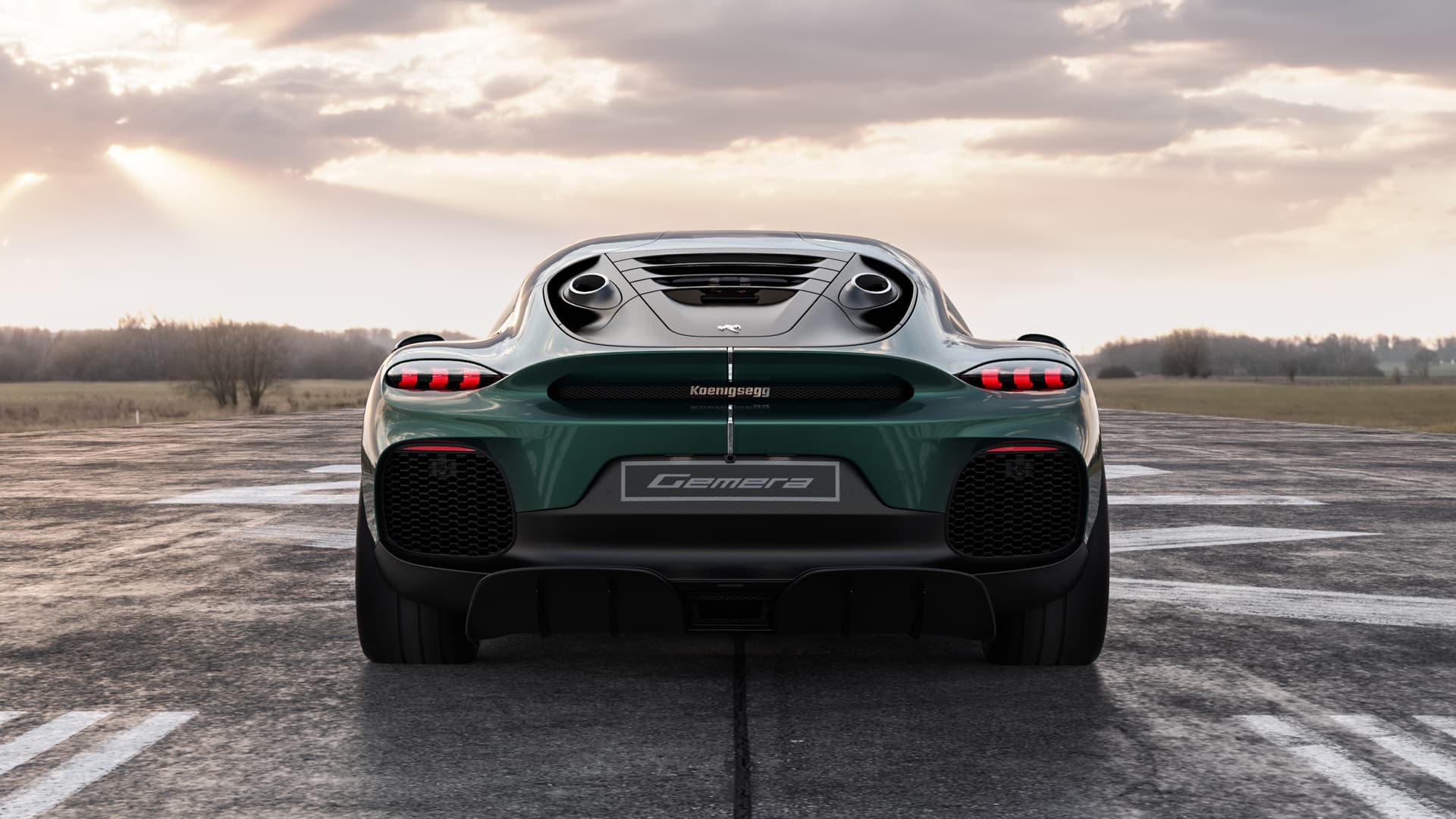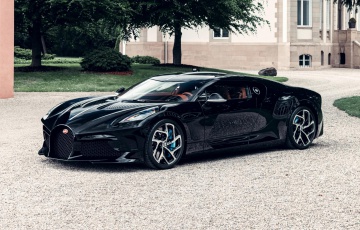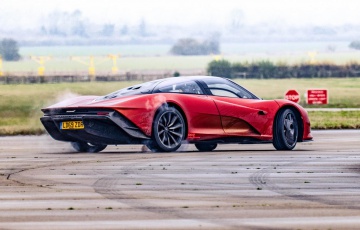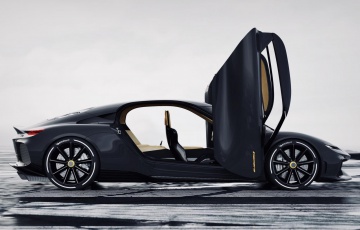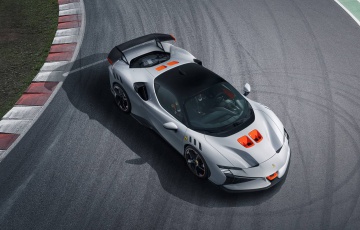Holy moly, the Koenigsegg Gemera is now available with a 2,300hp hybrid V8 powertrain
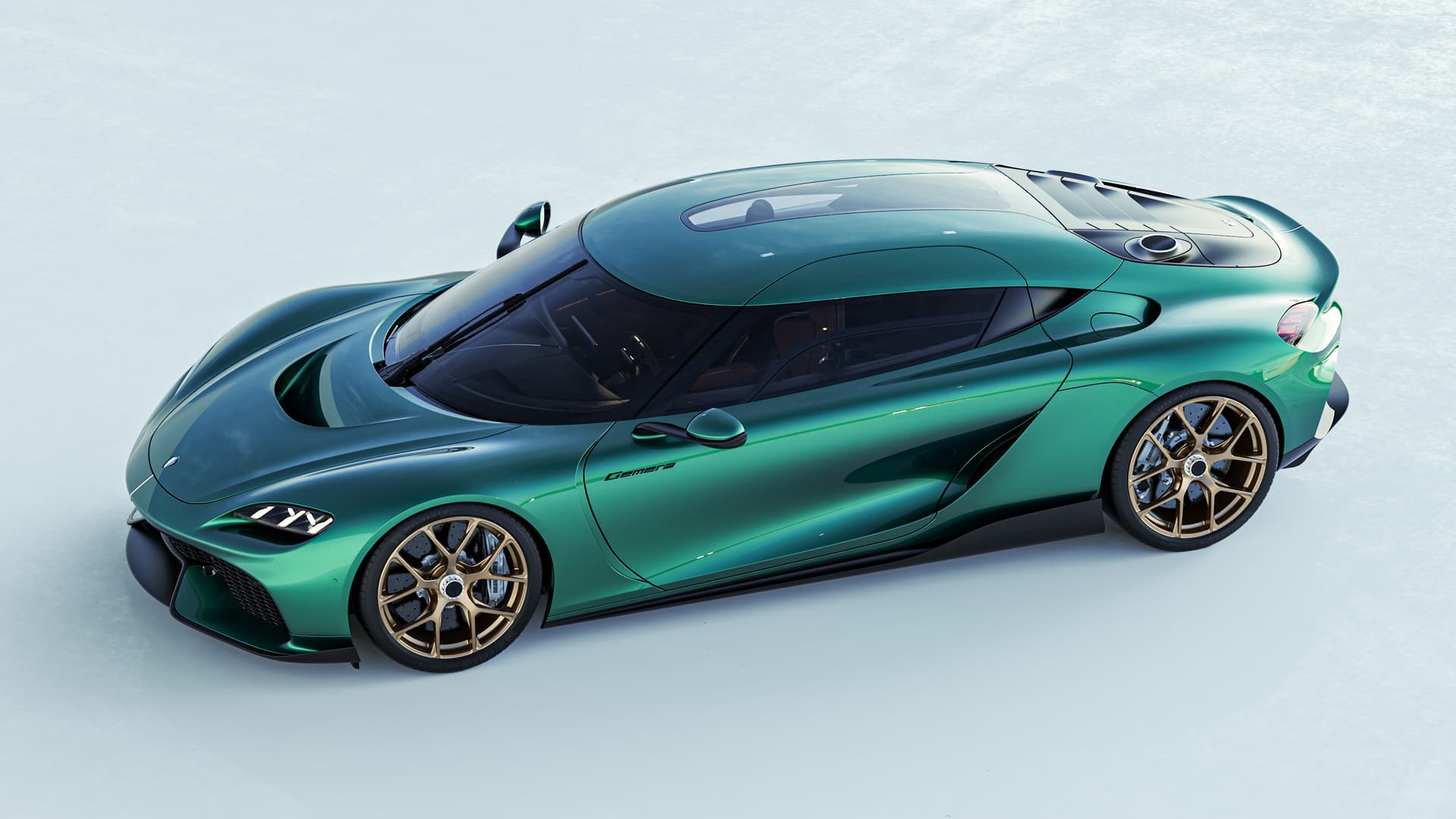
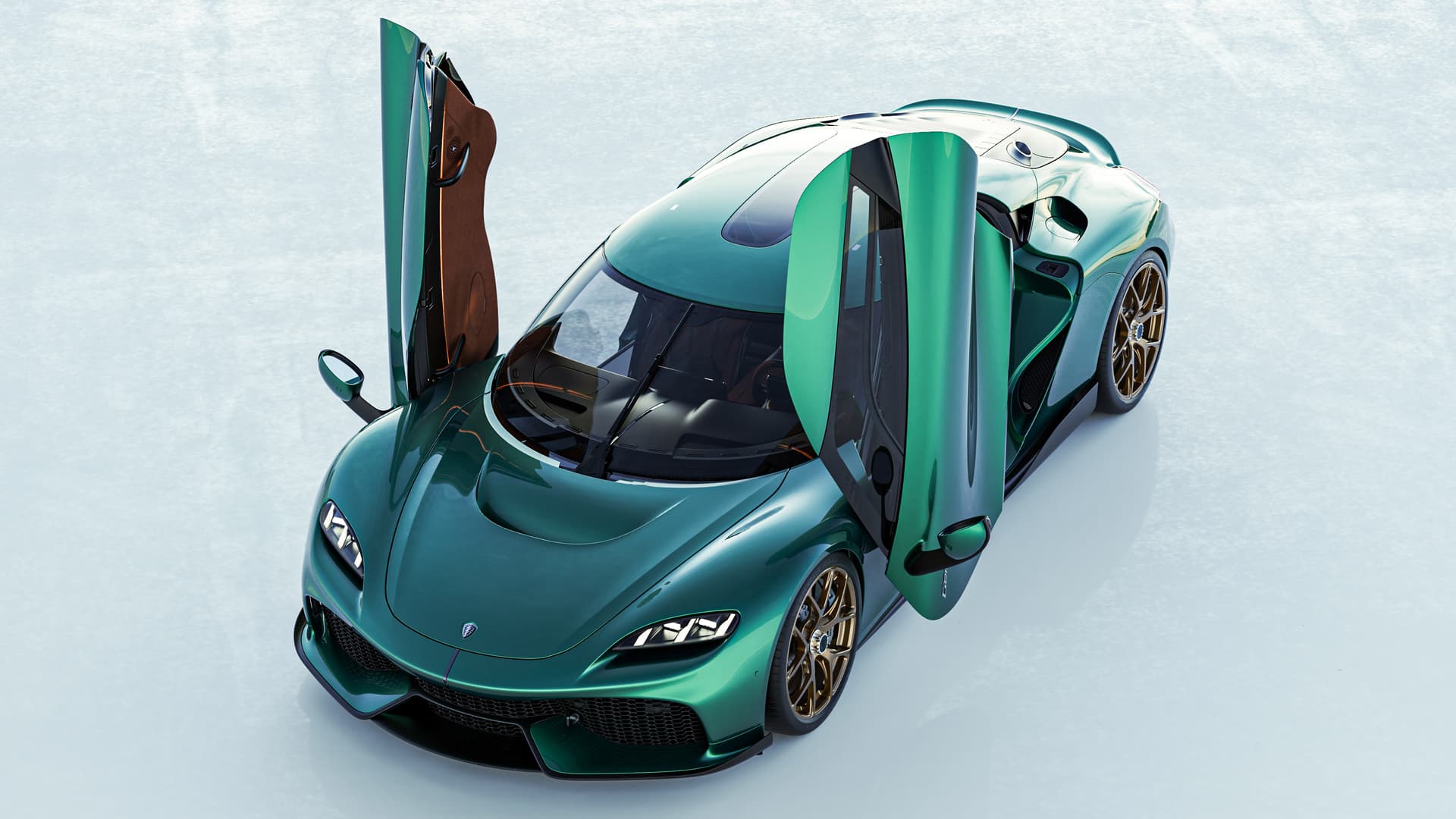
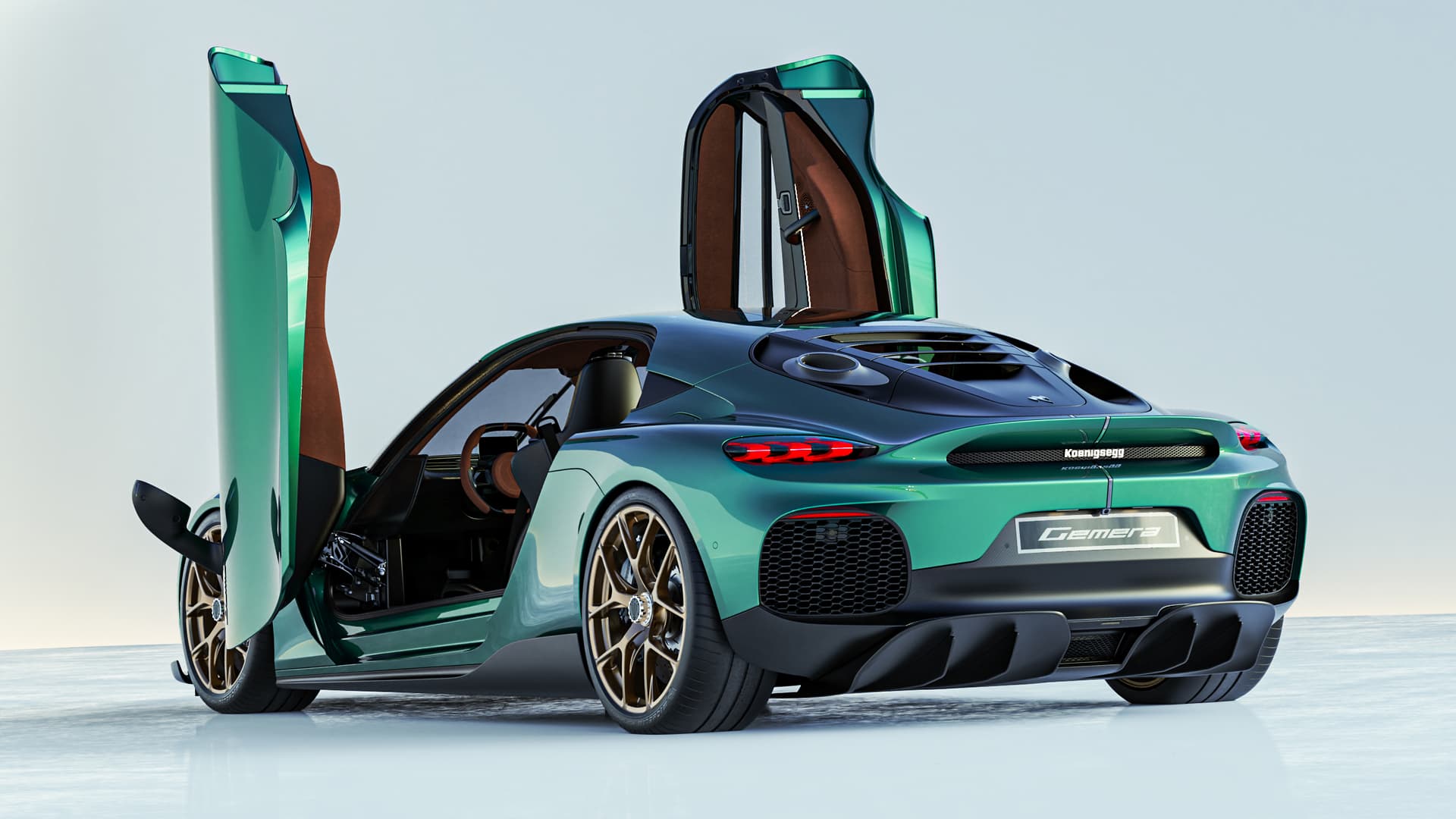
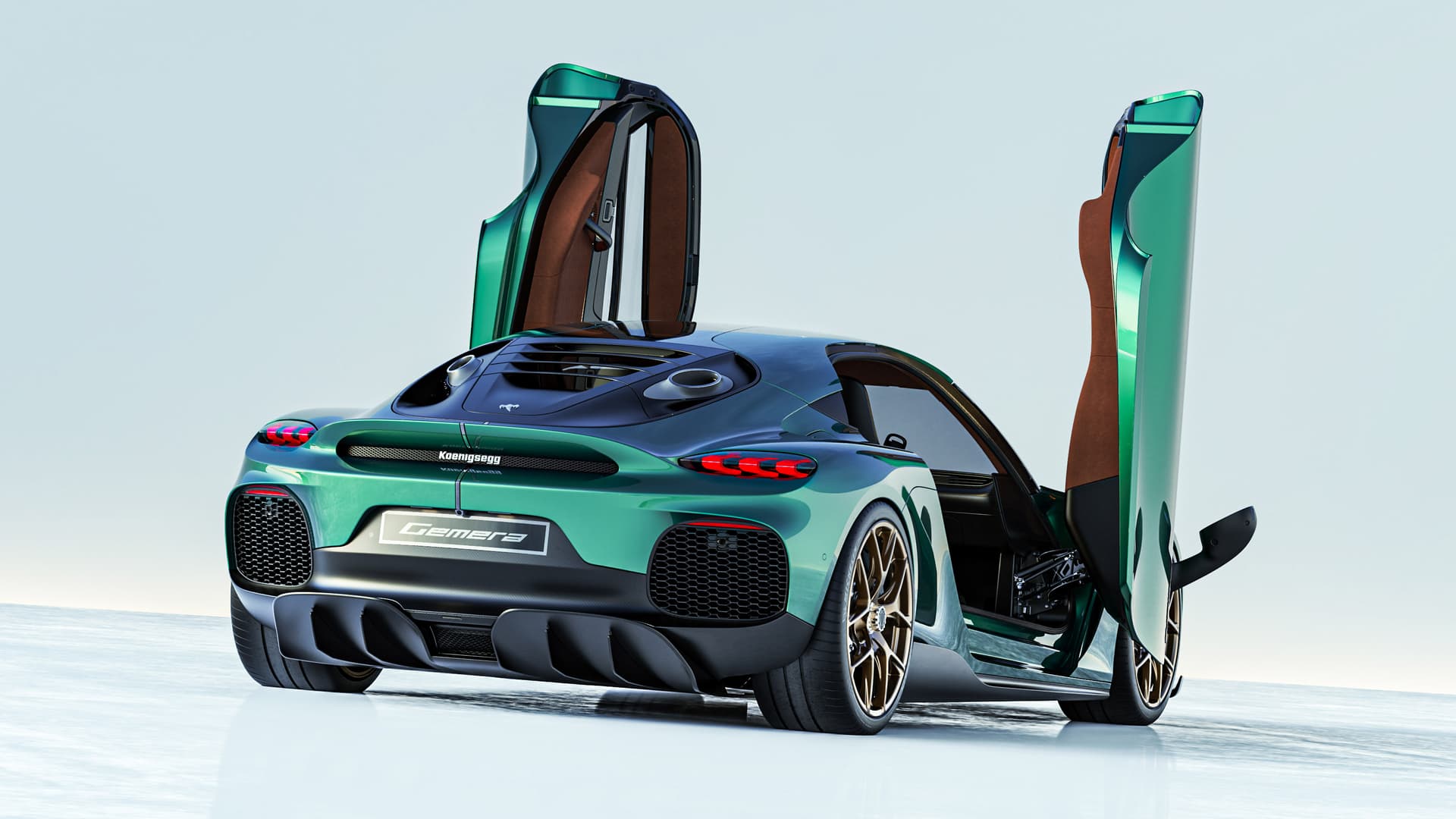
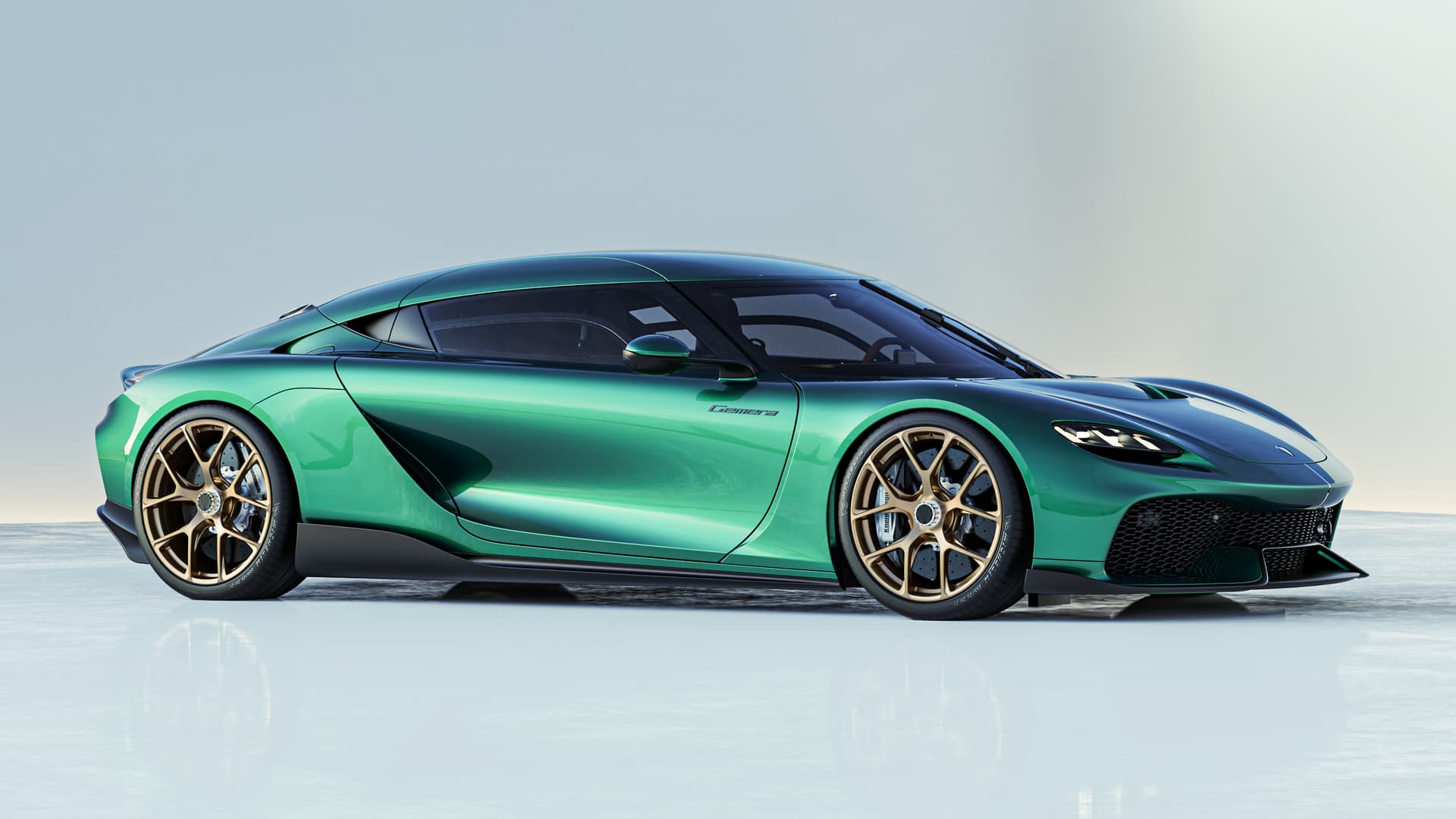
Holy moly, the Koenigsegg Gemera is now available with a 2,300hp hybrid V8 powertrain
We hope you’re sitting down. In fact, we implore you to sit down, because this news will completely and utterly knock you off your feet.
Koenigsegg has revealed the final production spec of the Gemera – a car that we first saw in concept form in 2020, and one which the Swedes describe as ‘the world's first four-seater megacar’ – and it's just gorgeous. Today we learn that boss Christian von Koenigsegg has also changed the powertrain options.
Originally the concept featured a 600hp twin-turbo 2.0-litre three-cylinder engine (known as the Tiny Friendly Giant) and three electric motors for four-wheel drive and a total of 1,700hp.
However, Koenigsegg now says that it has incorporated its Light Speed Transmission (LST) that it developed for the Jesko.
Stick with us, because this gets really special. The LST means that there’s no flywheel, and after its development work for the Gemera, Koenigsegg has christened it the Light Speed Tourbillon Transmission (LSTT).
To go alongside that, there’s also a new Raxial Flux electric motor (a clever cross between radial and axial) that Koenigsegg has created and christened ‘Dark Matter’.
Despite weighing just 39kg, the Dark Matter motor makes 800hp on its own, meaning only one is needed alongside the Tiny Friendly Giant engine to make a combined total of 1,400hp and 1,850Nm.
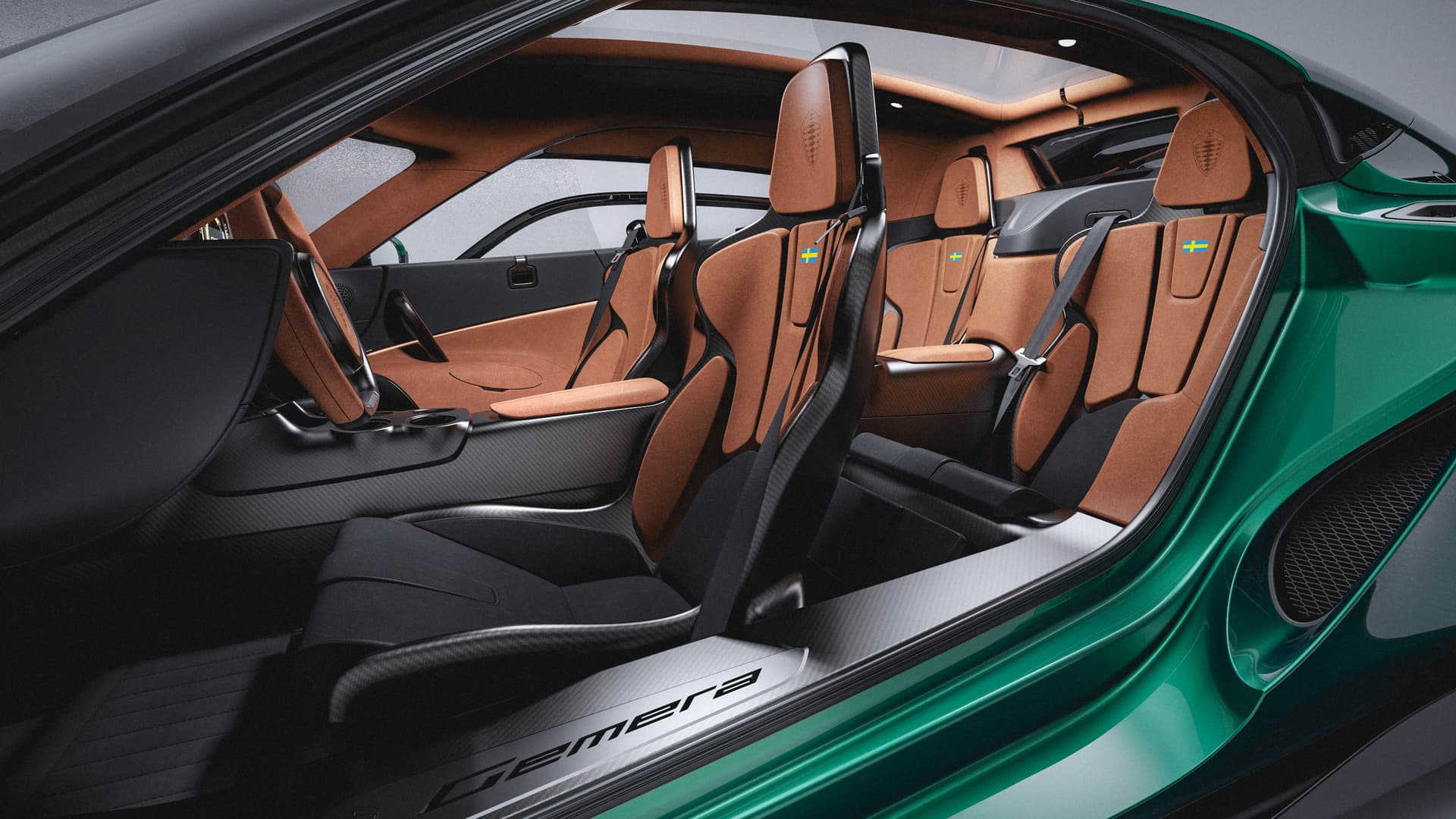
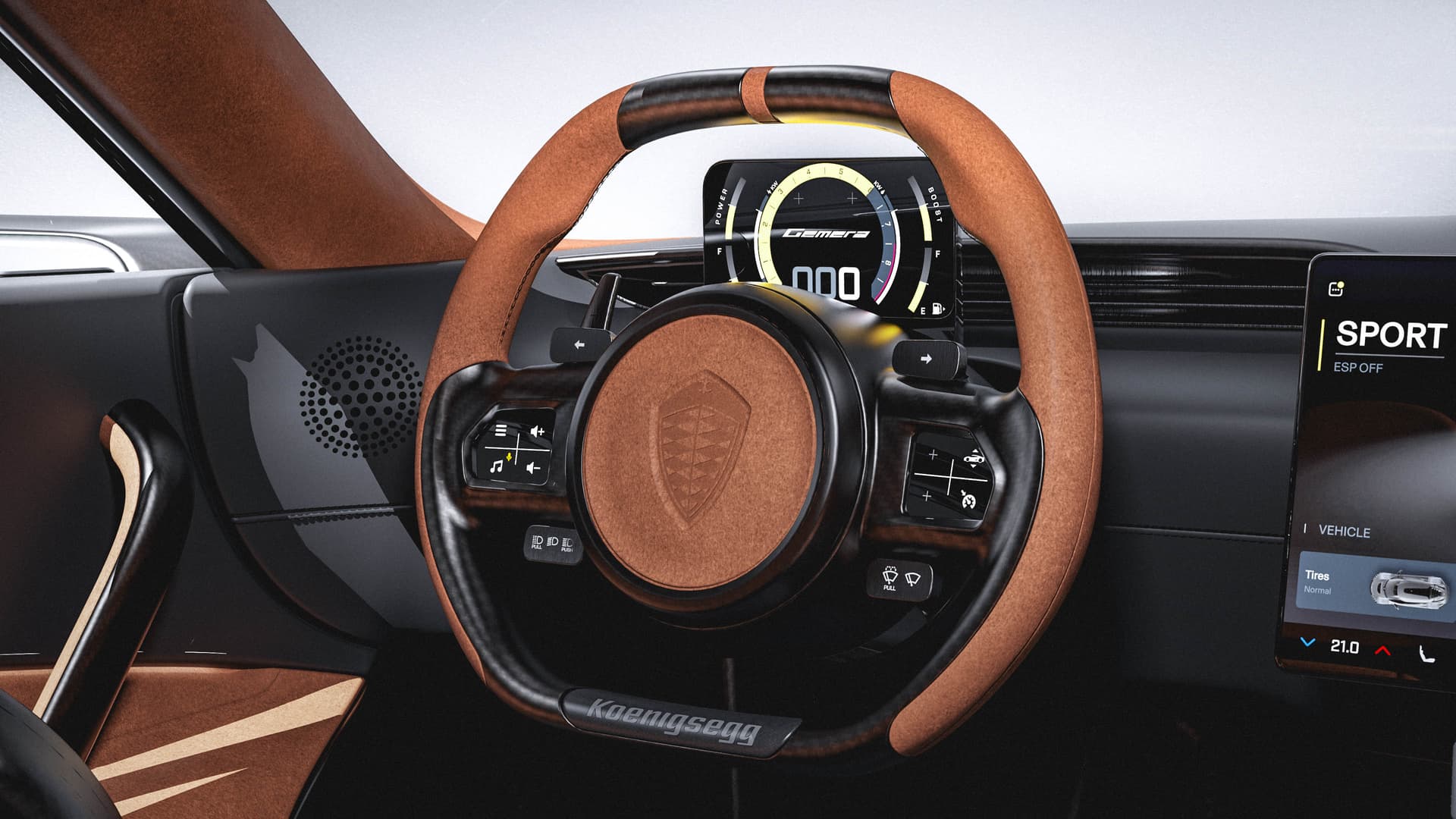
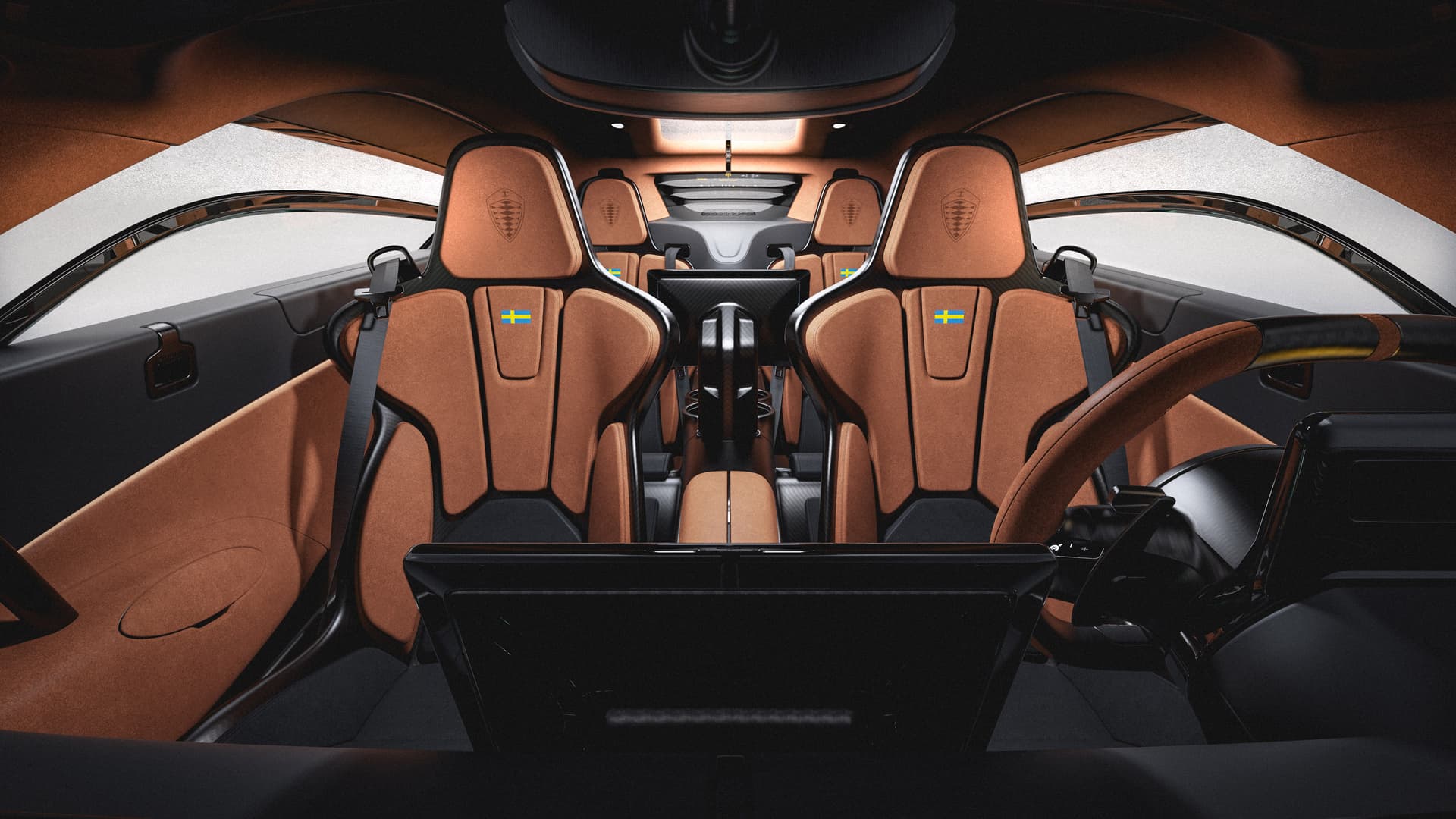
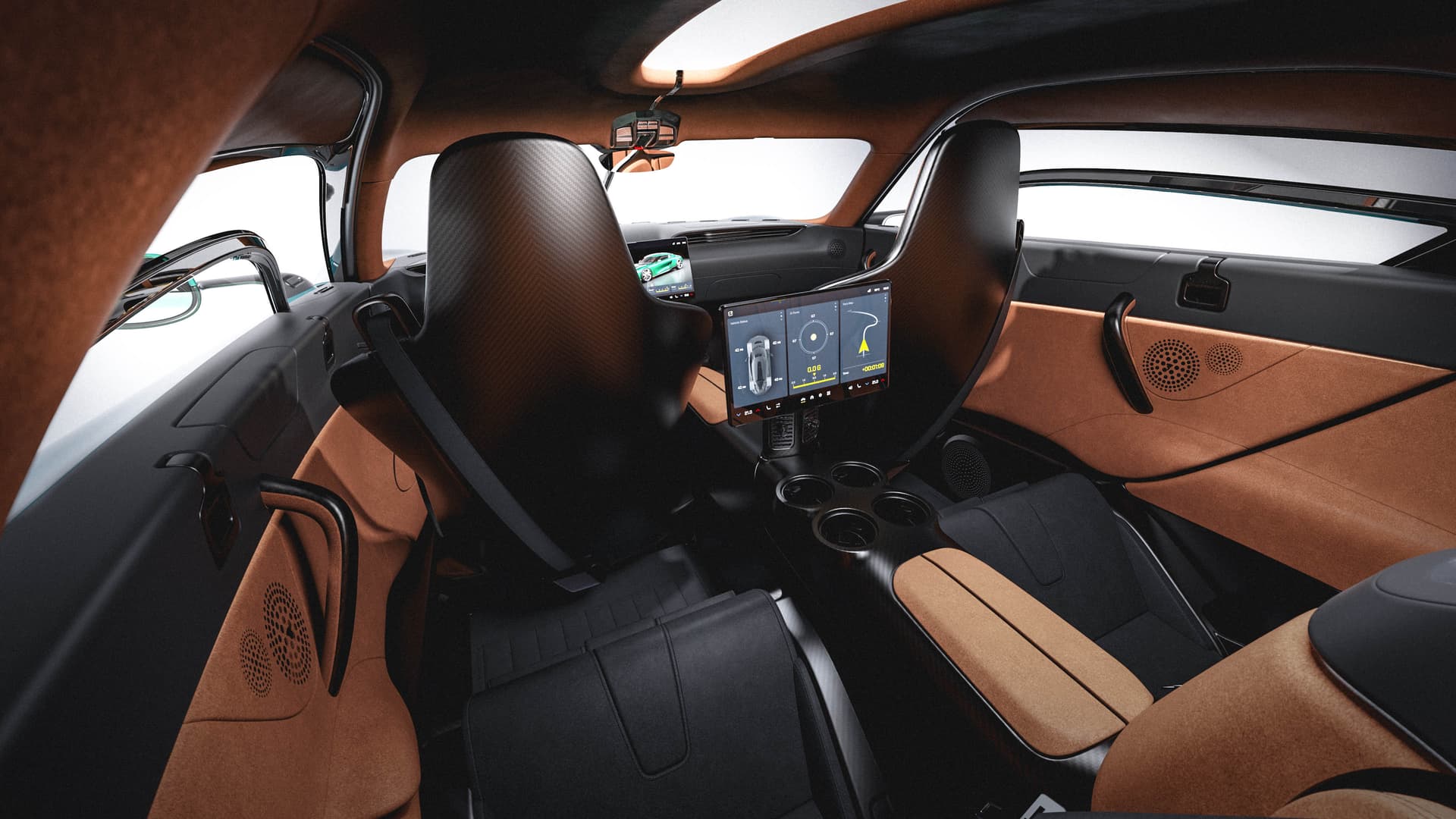
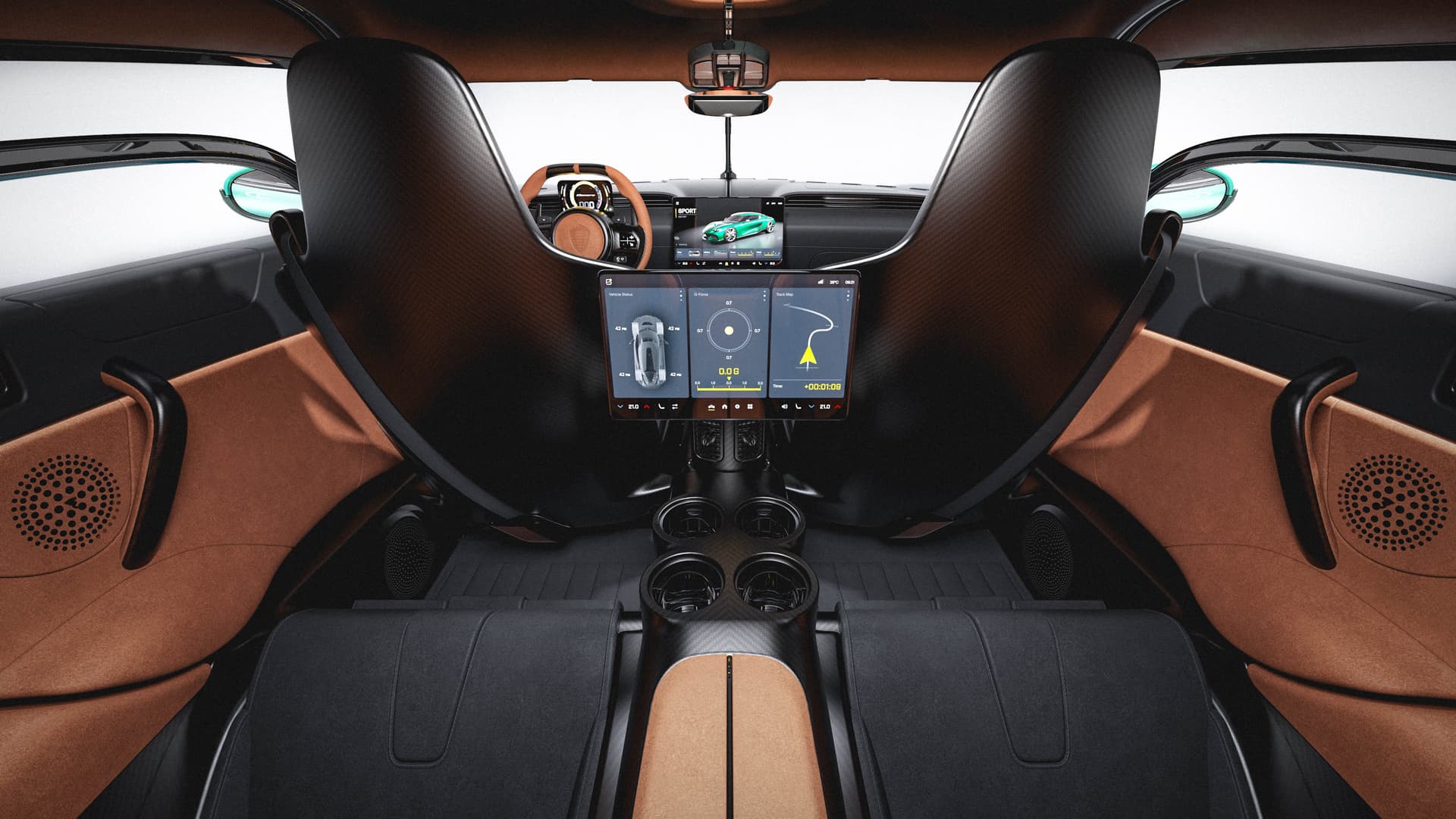
“We could not resist exploring the possibility of incorporating these remarkable features and benefits into the Gemera production model, leading us down an exciting new development path – the Light Speed Tourbillon Transmission,” says CvK.
You’ll have noticed that power figure (although massive) is slightly less than the concept, but Koenigsegg assures us that this new setup makes the drivetrain 'lighter, smaller and even more engaging'.
"Thanks to its new lighter electric propulsion system and optimised use of the TFG's rev range with the LSTT," said Koenigsegg, "the Gemera's acceleration and performance have been significantly improved compared to the previous version that was already extremely well-performing and fast."
And yet, here’s where you’ll need to be perching on something substantial. Because for those that want more grunt, Koenigsegg has squeezed in an adapted 5.0-litre version of the Jesko’s twin-turbo V8 behind the second row of seats.
Known as the Koenigsegg Gemera HV8 (Hot V8) version (because of the exhausts exiting on top of the engine), the V8 itself makes 1,500hp. That’s then paired with a Dark Matter motor for a combined 2,300hp.
“The Gemera HV8 is not only the most powerful and extreme production car on planet Earth, with an astonishing 1.11hp per kg, but it is also the most practical and user-friendly sports car ever created,” says Christian.
“Its incredible response, handling, engine sound, crisp transmission, spacious interior, and four-wheel-drive systems combine to create an unprecedented and unparalleled driving experience, ready to set numerous records of performance around tracks and in straight lines.”
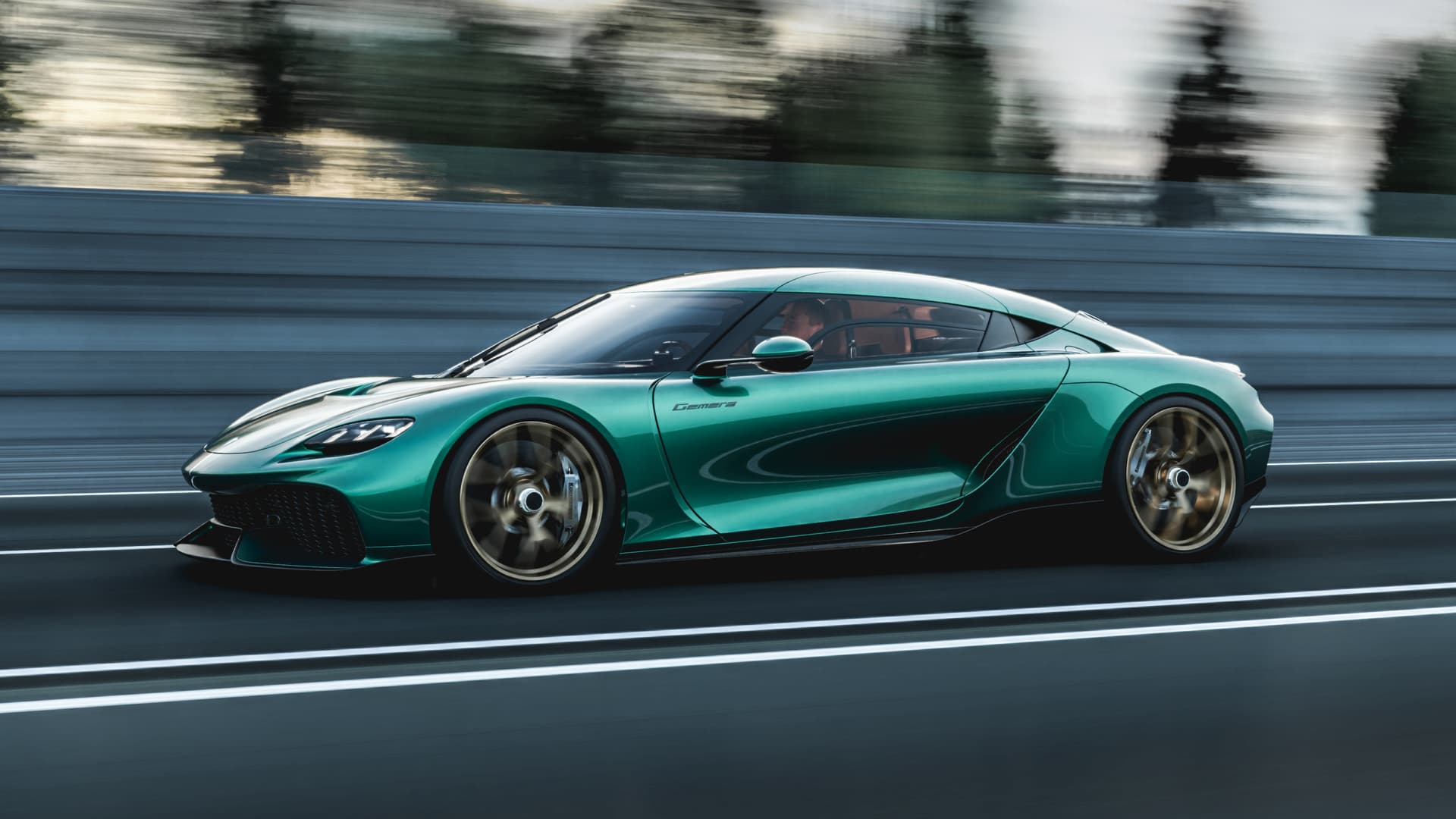
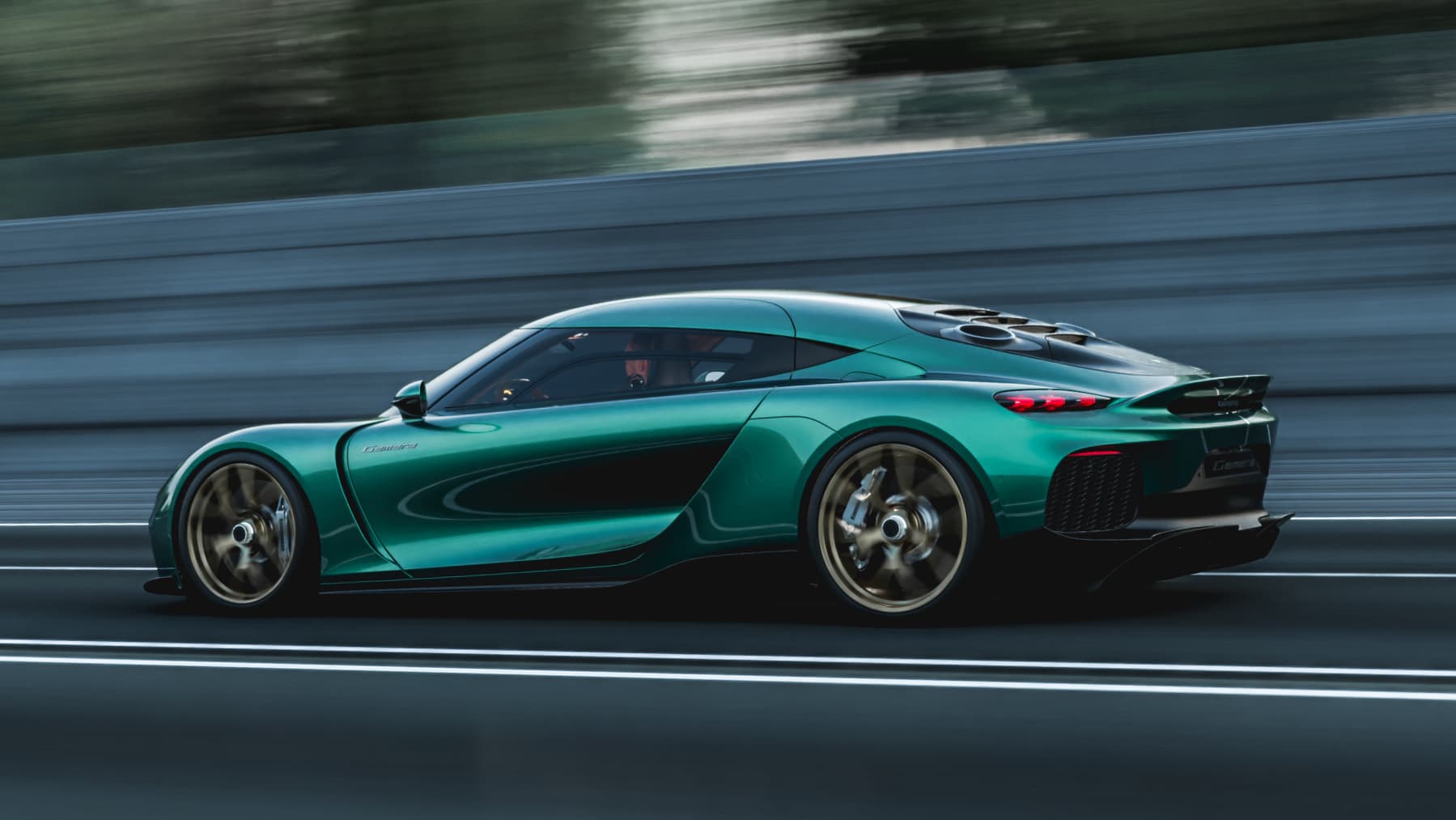
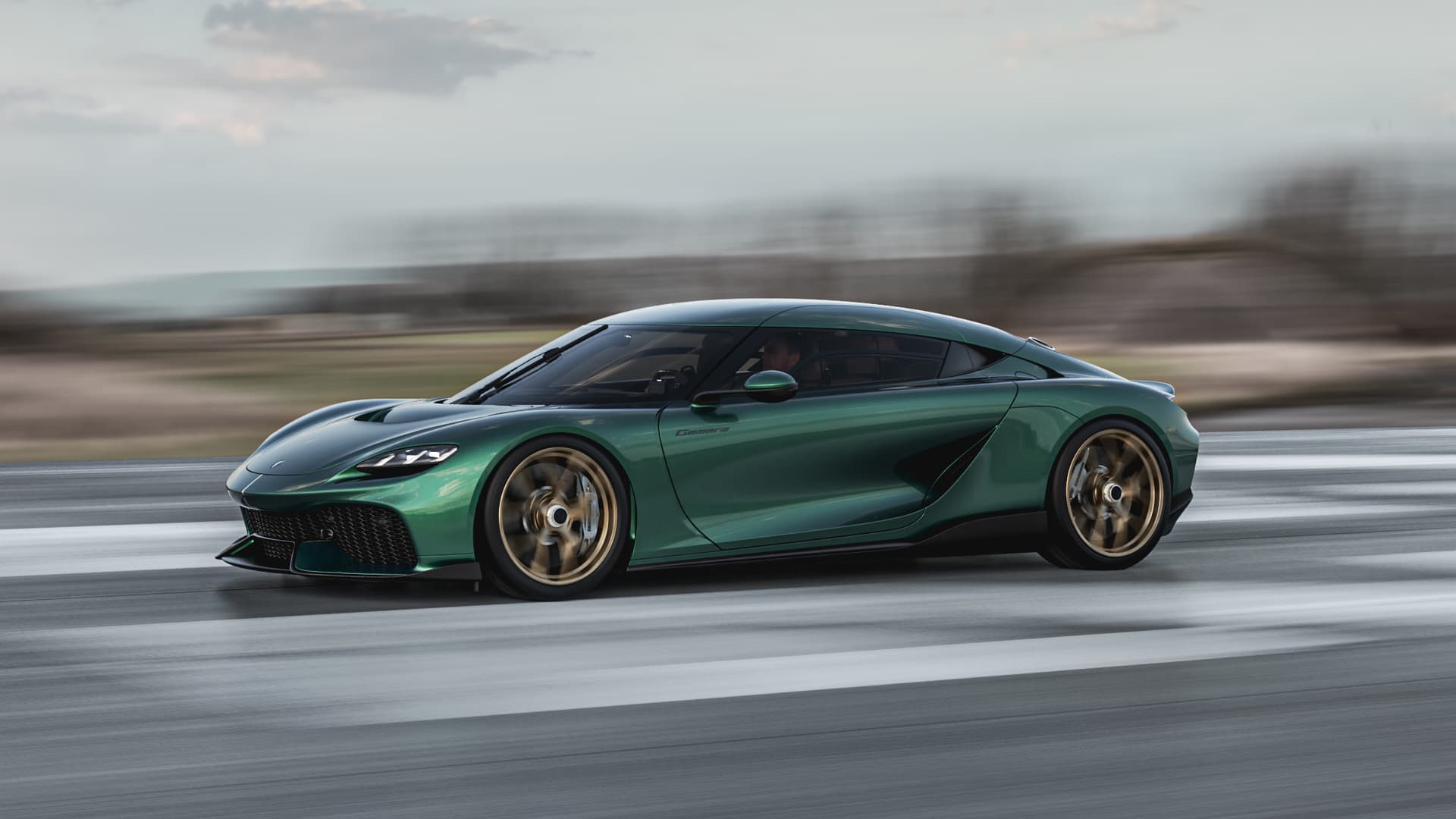
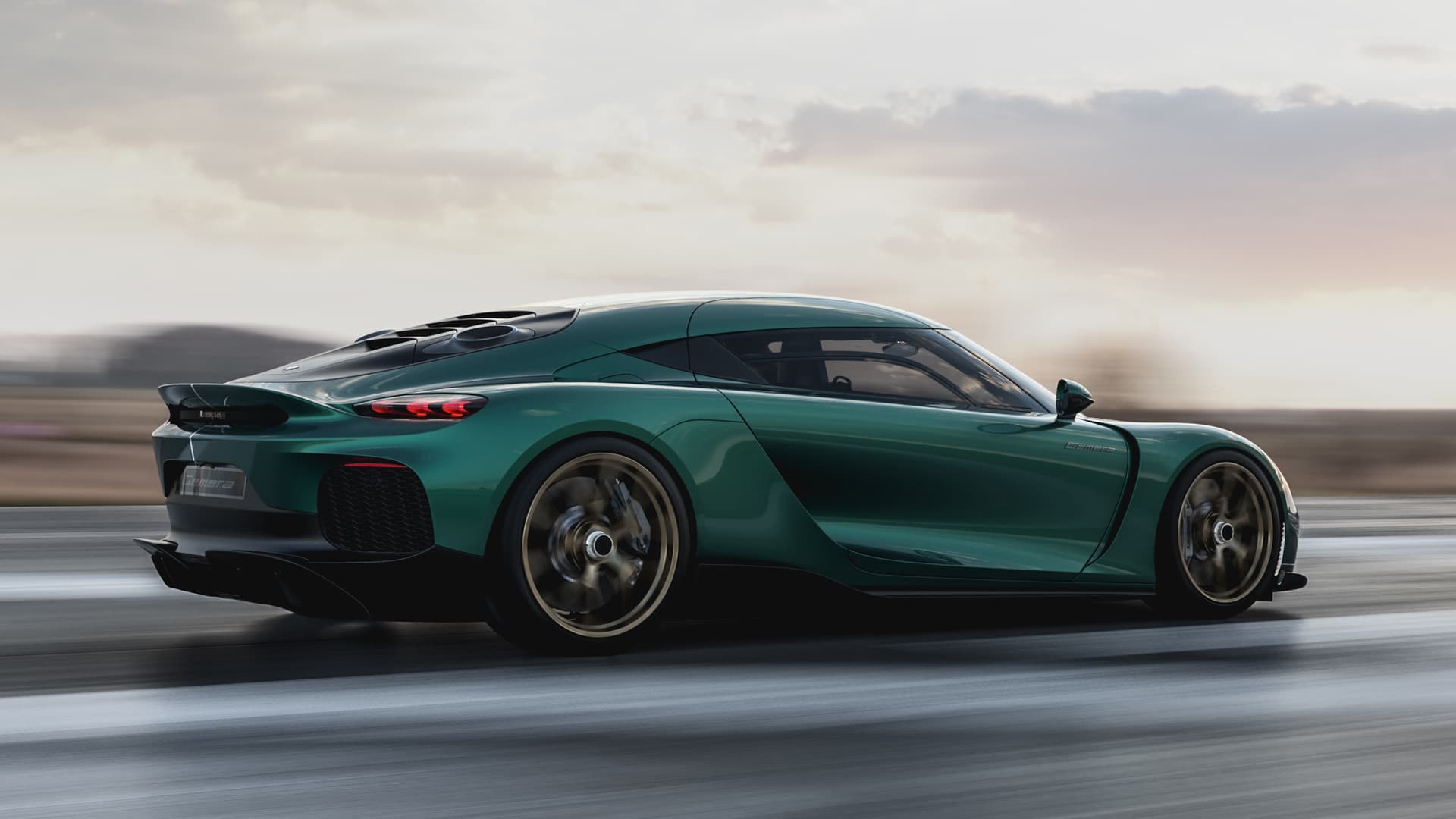
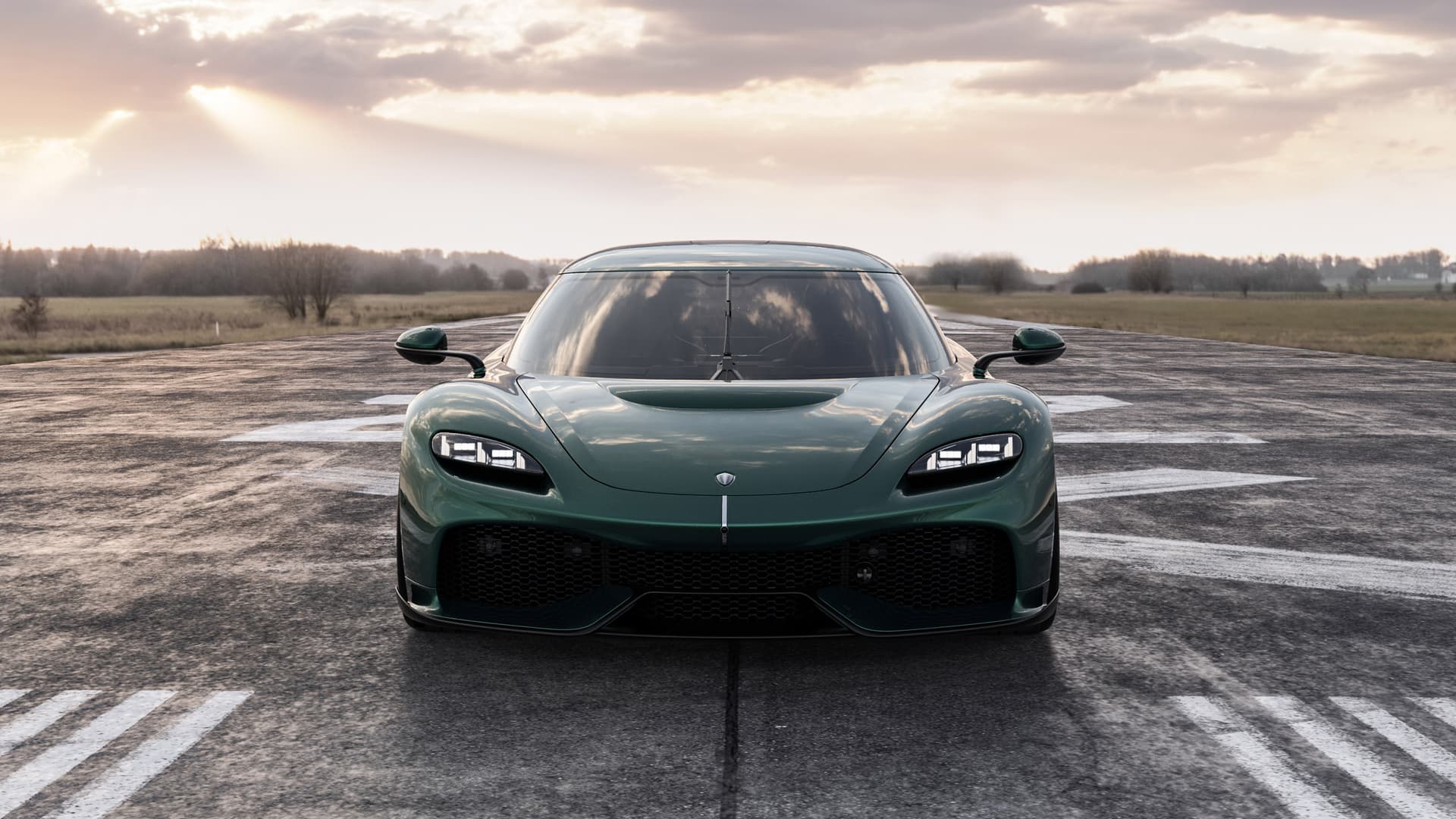
Just wow. So, as a quick recap - you'll be able to have the TFG with 1,381bhp or the HV8 with 2,300hp. Both use a 14kWh battery pack, both have 9spd gearboxes and both have four-wheel drive with torque vectoring for each individual wheel.
Plus, there's 200 litres of storage space (around the same as you'd find in a Mini hatch), Apple CarPlay connectivity, Isofix mounts for child seats, roof rack mounts and heated, electrically adjustable seats.
A genuinely practical Koenigsegg, and one that will also benefit from a "ghost package" that provides yet another performance upgrade. More on that as we have it.
And the good news keeps on coming from CvK, because the Gemera will be built in an all-new building at the Koenigsegg Campus in Ängelholm.
The 11,000 square metre ‘Gripen Atelier’ is now finished, with production of the Gemera set to start at the end of 2024 and customer deliveries scheduled to take place in early 2025.
Big question then: three-cylinder or V8?
STORY Greg Potts
